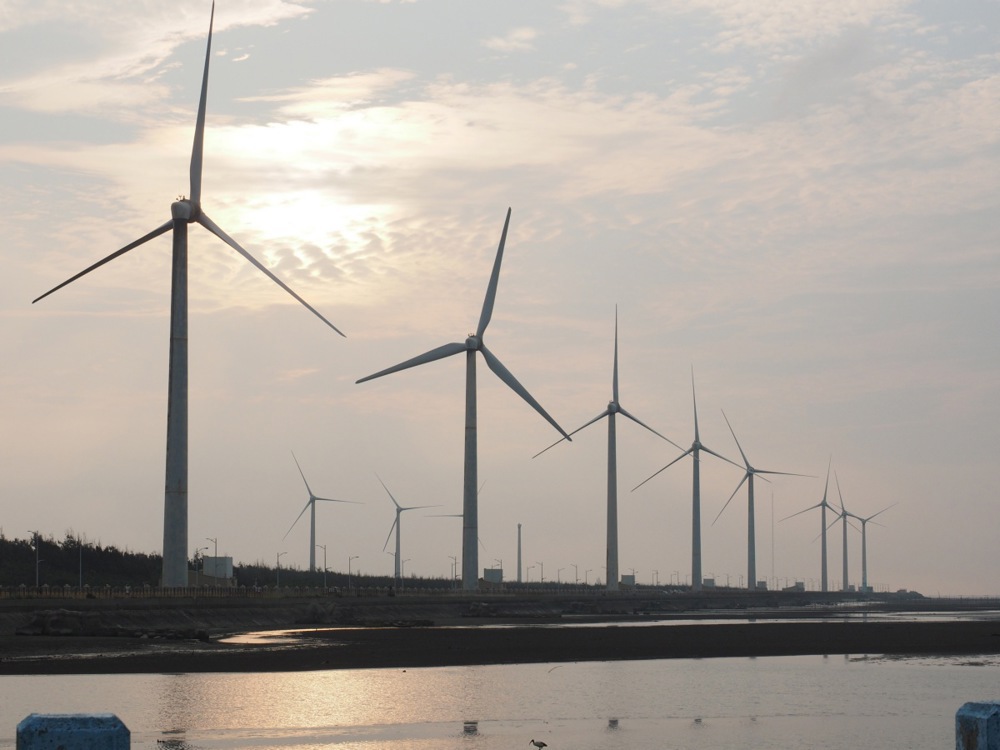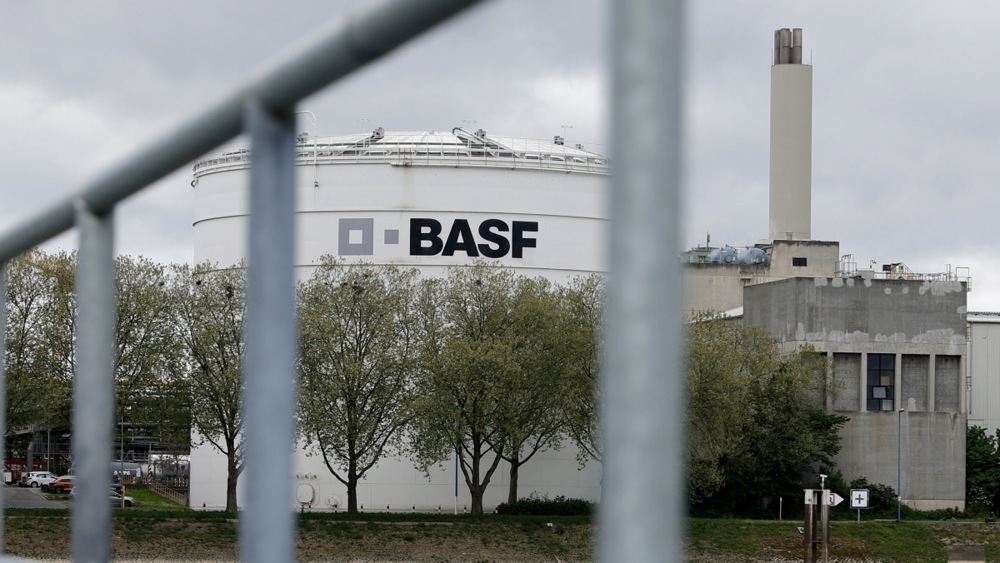Denmark’s “green” transition is facing a severe slowdown that threatens both jobs and investment.
An analysis published today from consulting group COWI, Labour Union 3F and the Labour Movement’s Business Council (AE) shows expectations for green energy investments have fallen dramatically, raising concerns over the country’s ability to meet climate targets and maintain employment.
COWI and AE have calculated investments in infrastructure and the green transition through to 2035. Their findings show that while investments in green energy and infrastructure will require significant labour util 2031, a sharp decline is expected thereafter.
Major projects such as offshore wind, solar energy and climate protection initiatives previously forecast to support employment have been scaled back.
Denmark stands to see a drop in green investments of more than 500 billion Danish Krone (€67 billion) in the period up to 2035, a big fall compared to projections made just a year earlier.
The findings highlight growing challenges for the Danish workforce, particularly regarding skilled and unskilled labour.
According to the report, Denmark is projected to invest an average of Danish Krone 81 billion (€10,85 billion) annually in infrastructure, green energy, afforestation, and climate protection up to 2031.
Under current politically adopted measures, this figure has fallen to DKK 36 billion (€4,82 billion) annually, reflecting a cumulative shortfall of DKK 500 billion (€67 billion) over the decade.

These investments are projected to generate labour demand for about 60,000 full-time employees annually, spanning both skilled and unskilled workers.
The report warns, though, this demand is heavily front-loaded. By 2032–2035, labour needs are expected to fall by half — to around 30,000 jobs annually — unless new infrastructure or energy projects are approved.
The sharp reduction in offshore wind investment, a heavily subsidised sector, is the main driver of this decline.
In 2022, Denmark expected up to 16 GW of new offshore wind capacity between 2028 and 2035; the government’s April 2025 climate status and projection now puts that figure at just 3 GW.
Delays and cancellations of major projects, including the North Sea and Bornholm Energy Islands, and failed tenders for 6 GW of capacity have compounded the drop.
As a result, the projected labour requirement for the green transition has fallen from 57,000 jobs annually in the 2024 scenario to 27,000 in the updated forecast.
This not only reduces employment opportunities but could also create short-term bottlenecks in the construction sector.
A steadier flow of investments would help ease these pressures and lower the overall cost of renewable deployment, the report said.
Danish wind farm constructor Ørsted has been left facing one of the most turbulent periods in its recent history, with its stock price having plunged to an all-time low. https://t.co/Ee9PUIkv1g
— Brussels Signal (@brusselssignal) August 12, 2025
The analysis also highlights a looming mismatch between labour supply and demand.
Many experienced skilled and unskilled workers are expected to have retired by 2035, resulting in a projected loss of 103,000 skilled workers and 60,000 unskilled workers with primary or lower-secondary education.
Meanwhile, growth in the academic workforce will not offset the loss of vocational and industrial expertise.
This gap is particularly concerning given the specialised nature of many unskilled workers in construction and industry.
Their departure could exacerbate shortages in skilled labour, making it challenging to complete both infrastructure and green energy projects.
The report notes that unskilled workers in Denmark often perform above their formal educational level, highlighting the difficulty of replacing them with less experienced personnel without significant training or up-skilling.
Foreign labour has increasingly filled gaps in Denmark’s workforce over the past decade. In the construction sector, for example, the share of foreign nationals and commuters rose from 8 per cent in 2013 to 26 per cent in 2024, particularly in large projects such as the Fehmarnbelt tunnel.
The report suggests that foreign workers will continue to play a crucial role in meeting labour demand for green energy and infrastructure projects.
Offshore wind farms, such as the Thor project, rely heavily on international contractors and imported components, further underlining the globalised nature of Denmark’s green transition workforce.
Beyond 2031, the picture is markedly uncertain.
Politically approved projects decrease over time and many pipeline projects, such as expansions of the Copenhagen metro and major motorways, remain unapproved or are subject to delay.
Investments in green energy, particularly offshore wind, are projected to fall dramatically after 2032 in the absence of new policy commitments.
Meeting the ambitious Esbjerg Declaration target of 35 GW of offshore wind by 2050 would require a steady annual addition of around 2 GW from 2034 onwards, effectively doubling the labour requirement compared with baseline scenarios.
Without such commitments, labour demand is expected to decline sharply, risking a collapse of the green energy job market in Denmark.
The current reliance on State aid for offshore wind underscores the fragility of Denmark’s green energy investment model.
Without subsidies, large-scale projects are considered commercially unviable under current economic conditions. While this support creates jobs, it raises questions about the long-term sustainability and efficiency of the green transition
Moreover, the reliance on foreign contractors and imported equipment suggests that State aid may primarily benefit multinational companies rather than local workers, limiting the broader economic benefits.
The volatility of the Danish green energy labour market illustrates a potential mismatch between political ambition, financial incentives and workforce planning.
Without a more coherent, long-term approach to investment and training, the green transition risks producing short-term employment spikes followed by significant downturns, the report found.
Industry leaders and 3F argue for additional State support, proposing an increase from 3 GW to 6 GW of offshore wind to secure employment and meet climate targets.
Political constraints and budgetary priorities, though, including defence concerns and broader economic pressures, may limit further expansion.
The European Commission gave Denmark €36 million to subsidise more climate-friendly fuel in domestic aviation. https://t.co/LddAzfWNyG
— Brussels Signal (@brusselssignal) July 31, 2025





